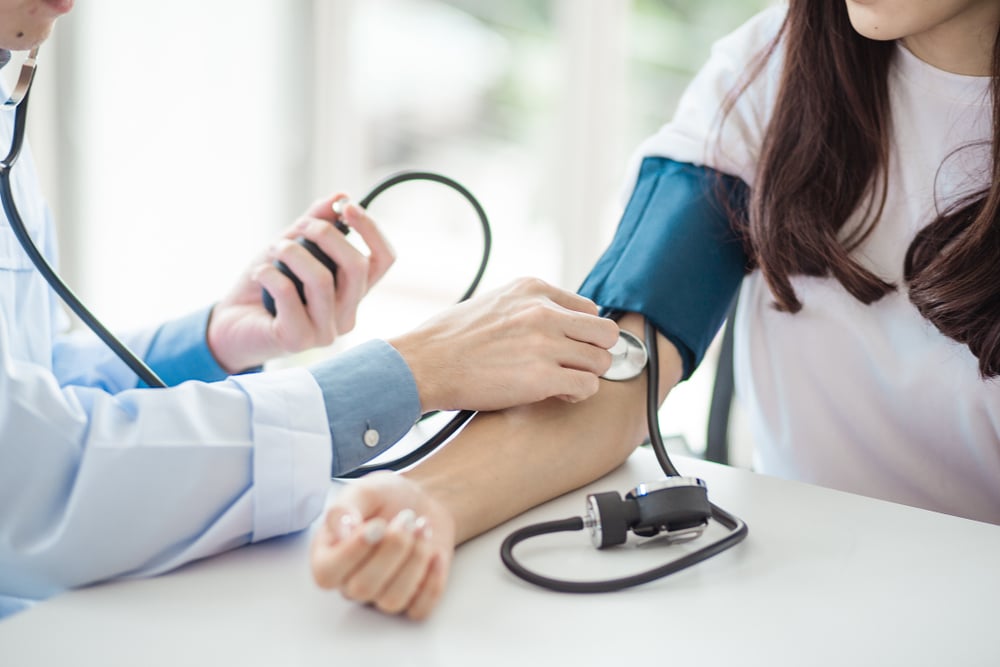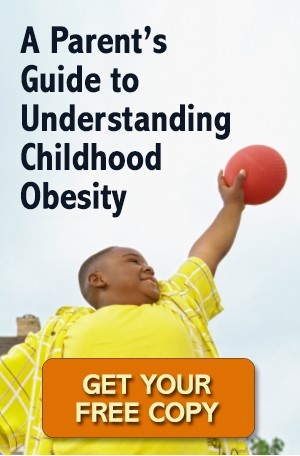
Nearly half of the American population over age 20, has high blood pressure, and many don’t even know it. Not treating high blood pressure is dangerous because high blood pressure increases the risk of heart attack and stroke.
What is high blood pressure?
Blood pressure is the force of blood pushing against blood vessel walls. It’s measured in millimeters of mercury (mm Hg). High blood pressure (HBP) means the pressure in your arteries is higher than it should be. Another name for high blood pressure is hypertension.
Blood pressure is written as two numbers, such as 112/78 mm Hg. The top, or larger, number (called systolic pressure) is the pressure when the heart beats. The bottom, or smaller, number (called diastolic pressure) is the pressure when the heart rests between beats.
Normal blood pressure is below 120/80 mm Hg. If you’re an adult and your systolic pressure is 120 to 129, and your diastolic pressure is less than 80, you have elevated blood pressure. High blood pressure is a systolic pressure of 130 or higher, or a diastolic pressure of 80 or higher, that stays high over time.
Who’s at higher risk of developing high blood pressure?
There are risk factors that increase your chances of developing high blood pressure. Some you can control, and some you can’t.
Those that can be controlled are:
- Cigarette smoking and exposure to secondhand smoke
- Diabetes
- Being obese or overweight
- High cholesterol
- Unhealthy diet (high in sodium, low in potassium, and drinking too much alcohol)
- Physical inactivity
Factors that can’t be modified or are difficult to control are:
- Family history of high blood pressure
- Race/ethnicity
- Increasing age
- Gender (males)
- Chronic kidney disease
- Obstructive sleep apnea
High blood pressure usually has no signs or symptoms. That’s why it’s so dangerous. But it can be managed by:
- Weight Reduction – maintain a normal body weight recommended by your healthcare professional relative to your age, lifestyle, and any health conditions.
- DASH Eating Plan – The Dietary Approaches to Stop Hypertension (DASH) is a diet rich in fruits, vegetables, low fat dairy and reduced in fat.
- Restrict Sodium Intake – Monitor food high in sodium, such as: smoked, cured, salted or canned meat, fish, or poultry; bacon, cold cuts, ham, hot dogs, sausages; frozen breaded meats and dinners; and salted nuts. The recommendation is less than 1500 mg of sodium per day.
- Physical Activity – Be more physically active by aiming for at least 90 to 150 minutes of aerobic exercise per week.
- Moderation of Alcohol Consumption – No more than two drinks a day for men and one drink a day for women.
How can you tell if you have high blood pressure?
The only way to know if you have high blood pressure is to get it checked regularly. For proper diagnosis your health care professional will use an average based on two or more readings obtained on two or more visits.
Make sure you get your blood pressure checked regularly and treat it the way your health care professional advises. Talk with a doctor about your options. Contact The Medical Specialty Center in Gridley (530) 846-9080 or Oroville (530) 353-3332.
Source: American Heart Association



